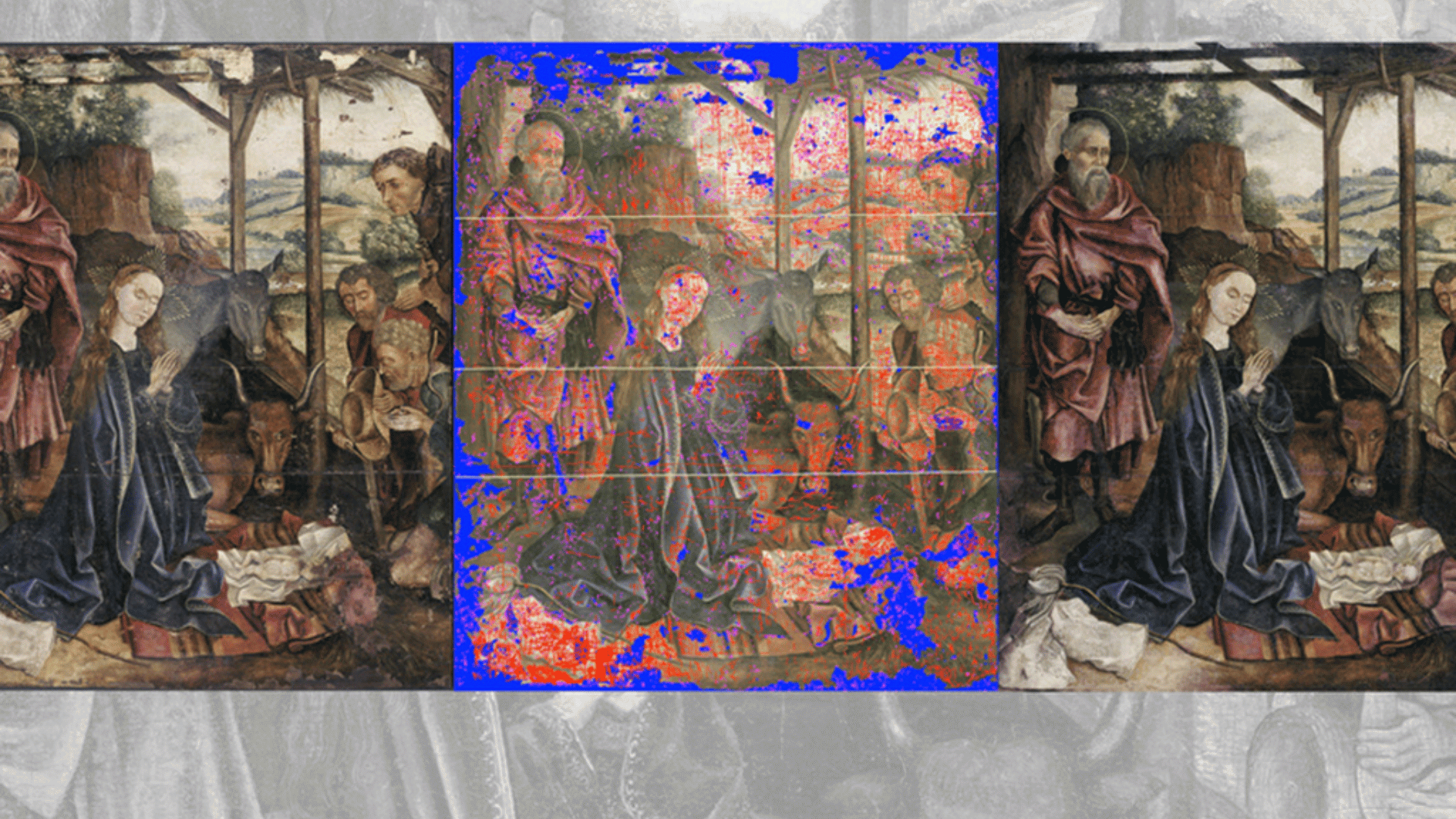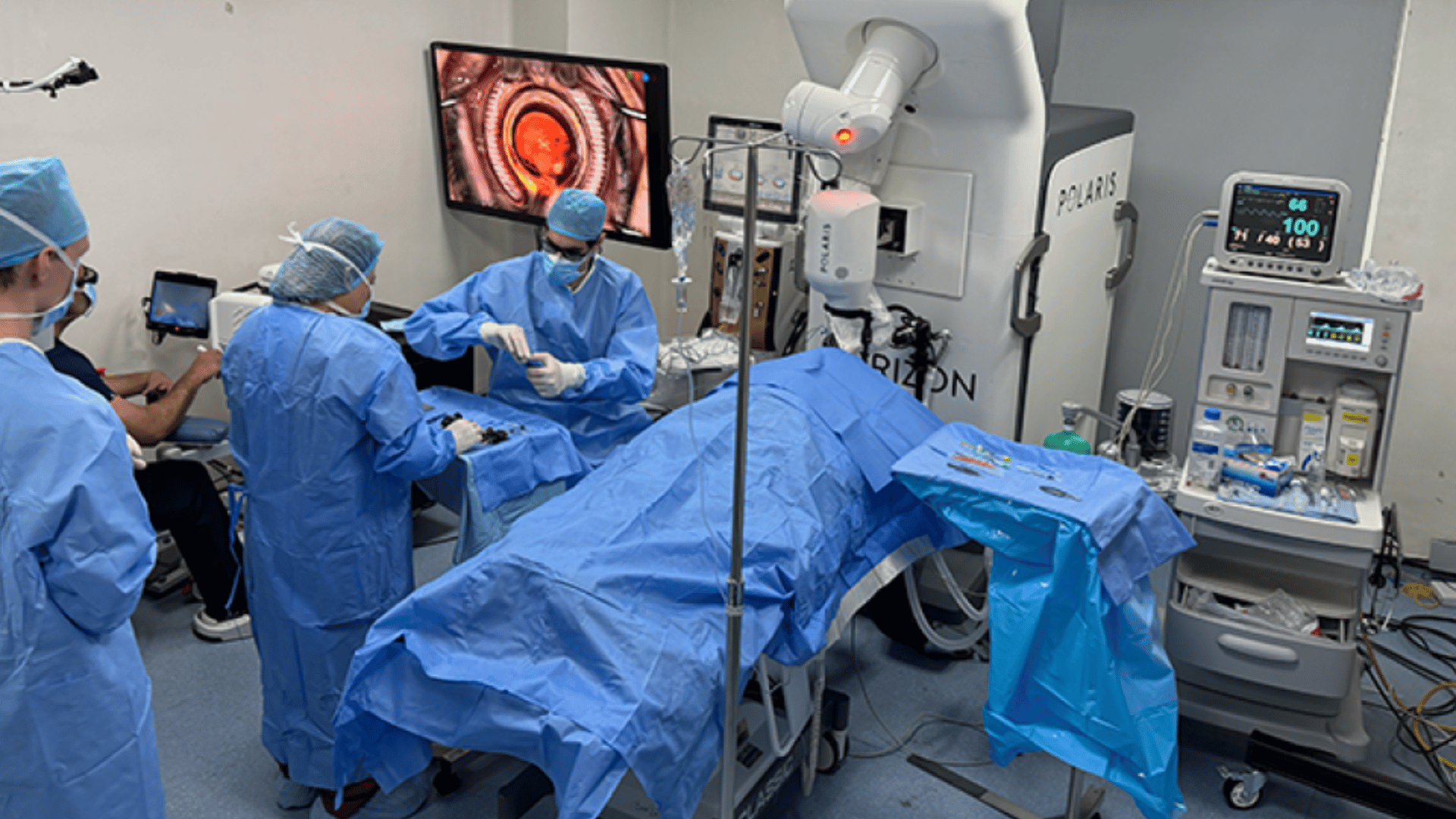Art restoration is a meticulous process that demands steady hands and an artistic “eye.” Traditionally, it involved conservators filling damaged paintings by hand, taking up to a decade to complete a single work of art. This is especially true if an artwork has thousands of tiny areas that need attention.
This process historically takes thousands of hours of individual attention. However, a revolutionary new method from a MIT mechanical engineering student uses AI to accelerate the process while maintaining its history.
Restoring Art With AI

MIT graduate student Alex Kachkine outlined his findings in the journal Nature. His innovation involves putting digital restorations on physical paintings. Digital tools that create virtual representations of restored artworks are not novel. They use computer vision and image recognition, but there is no way to physically apply digital repairs until now.
Kachkine’s method involves a thin polymer film called a mask. According to the press release, the mask can precisely align and adhere to the original painting and is easily removable.
The new technology offers a significant advantage with its capability of creating a permanent digital record.
“Because there’s a digital record of what mask was used, in 100 years, the next time someone is working with this, they’ll have an extremely clear understanding of what was done to the painting,” Kachkine said. “And that’s never really been possible in conservation before.”
Kachkine applied the method to a heavily damaged oil painting from the 15th century. Researchers say the process automatically identified 5,612 damaged regions and filled them with 57,314 colors. According to the researchers, the entire restoration process only took 3.5 hours, which is about 66 times faster than traditional methods.
Kachkine restores paintings as a hobby. Through his hobby, he learned how much damaged artwork is tucked away from the public, sitting in storage. He understands and acknowledges the ethical considerations and emphasizes the importance of consulting with conservators who know a painting’s history and origins.
“There is a lot of damaged art in storage that might never be seen,” Kachkine says. “Hopefully, with this new method, there’s a chance we’ll see more art, which I would be delighted by.”







